ANIMALS
Foxy and Fantastic: 24 Reasons to Love These Clever Creatures
Published
2 months agoon

Shutterstock
Foxes are some of the most fascinating creatures in the animal kingdom, known for their striking beauty, sharp intelligence, and captivating behavior. From their bushy tails to their sly, cunning nature, foxes have enchanted people across cultures and throughout history. They are masters of adaptation, thriving in environments ranging from dense forests to bustling cities. Whether through folklore, wildlife photography, or real-life encounters, foxes continue to capture our imaginations. Here are 24 reasons why foxes are truly fabulous and deserve our admiration.
Beautiful Coats
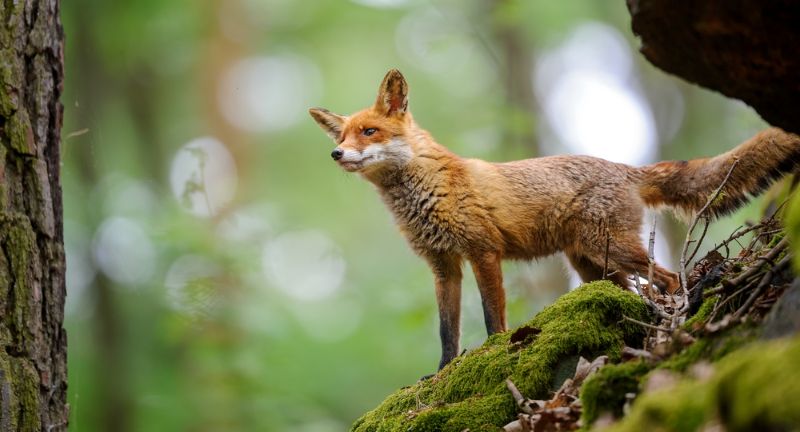
Shutterstock
Foxes are renowned for their stunning fur, which can range from rich, fiery reds to cool, silvery grays and even pure white in arctic species. Their coats aren’t just beautiful—they also serve as essential insulation, helping them survive in diverse climates. The vibrant hues and thick textures of their fur make them stand out in the wild, often blending perfectly with their environment. Whether sleek and shiny or fluffy and thick, their fur adds to their undeniable charm.
Incredible Adaptability
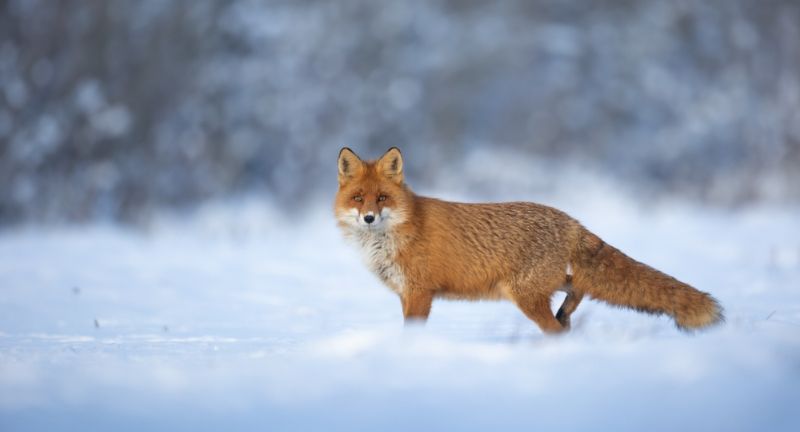
Shutterstock
Foxes are masters of survival, thriving in diverse environments from bustling urban areas to remote wilderness regions. Their ability to adapt to different climates, food sources, and living conditions showcases their resourcefulness. Whether navigating city streets or dense forests, foxes find ways to hunt, shelter, and coexist with humans and other wildlife. This adaptability is a key reason they’ve managed to flourish across nearly every continent.
Cunning Nature
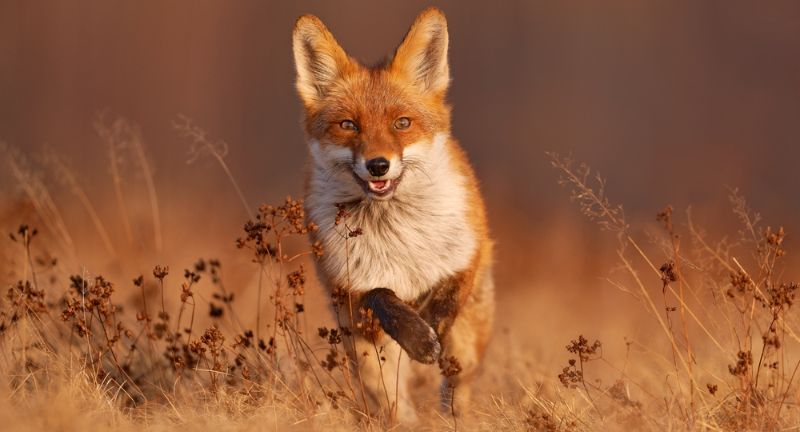
Shutterstock
Foxes have long been symbols of cleverness and wit in folklore, thanks to their strategic thinking and problem-solving abilities. Their hunting techniques often involve elaborate plans, stalking prey with precision before making the perfect pounce. This intelligence also helps them evade predators and navigate complex environments with ease. Whether in stories or real life, their reputation as crafty creatures is well-deserved.
Distinctive Tail (The Brush)
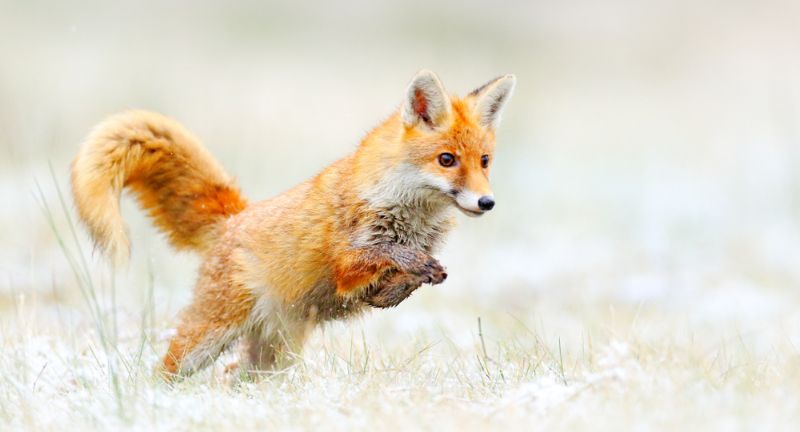
Shutterstock
A fox’s bushy tail, often referred to as a “brush,” is one of its most iconic features. This tail isn’t just for show—it helps with balance when making sharp turns during a chase. In colder climates, foxes use their fluffy tails as a warm blanket to cover their faces and retain body heat while sleeping. The striking appearance of their tails adds to their majestic, wild beauty.
Diverse Vocalizations
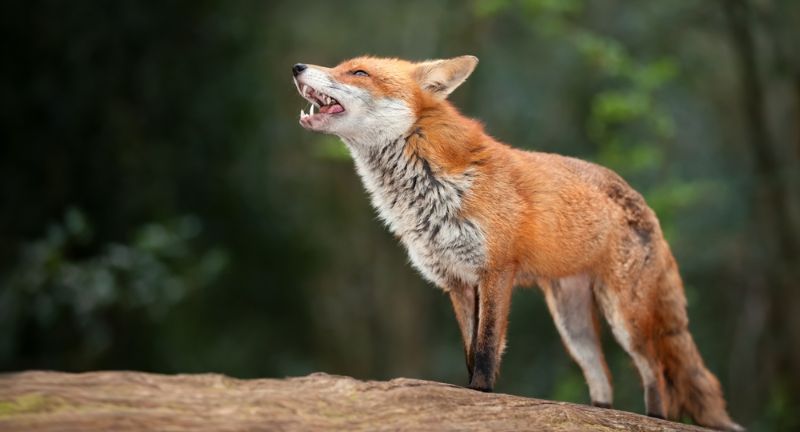
Shutterstock
Foxes are surprisingly vocal animals with a wide range of sounds, including barks, screams, howls, and a unique chatter known as “gekkering.” These vocalizations help them communicate with mates, warn off rivals, and even coordinate with their young. Their eerie screams, often heard at night, have fueled many myths and legends about mysterious woodland creatures. This rich variety of sounds makes them fascinating to both researchers and wildlife enthusiasts.
Role in Ecosystems
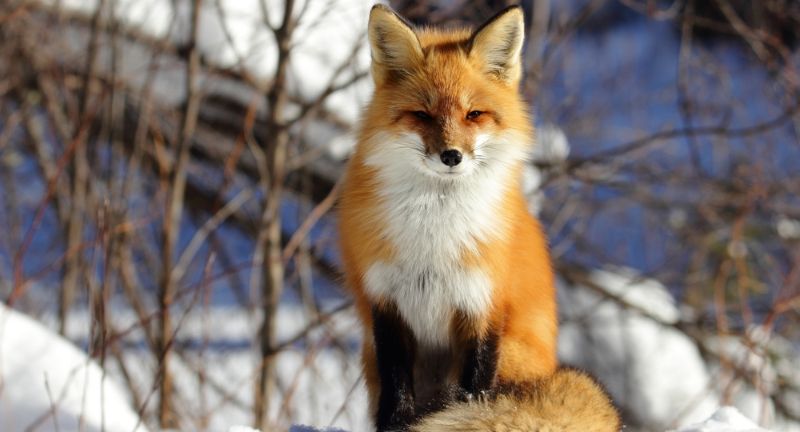
Shutterstock
Foxes play a crucial role in maintaining the balance of ecosystems as both predators and scavengers. By controlling populations of rodents and insects, they help reduce agricultural pests, benefiting farmers and gardeners alike. Additionally, as omnivores, they consume fruits and berries, aiding in seed dispersal and promoting plant growth. Their presence is vital for healthy, functioning ecosystems around the world.
Mysterious Eyes
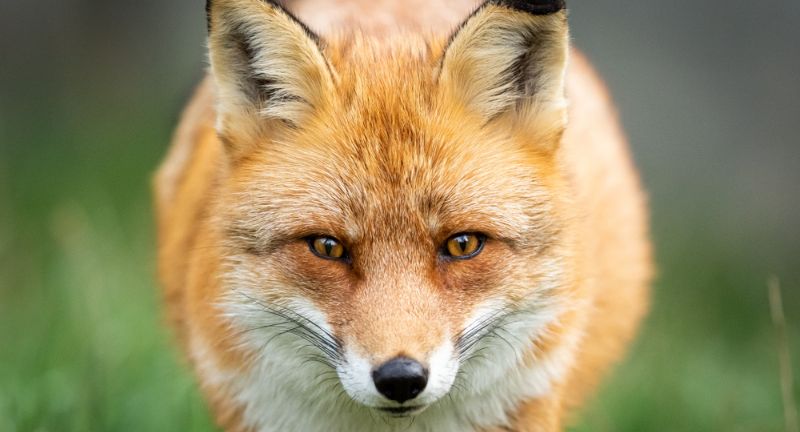
Shutterstock
One of the most striking features of foxes is their captivating eyes, often glowing amber or golden with vertical slit pupils. These pupils help them see clearly in low light, making them excellent nocturnal hunters. Their piercing gaze has inspired countless tales, giving them an aura of mystery and wisdom. When you lock eyes with a fox, it feels like they’re peering straight into your soul.
Stealthy Hunters
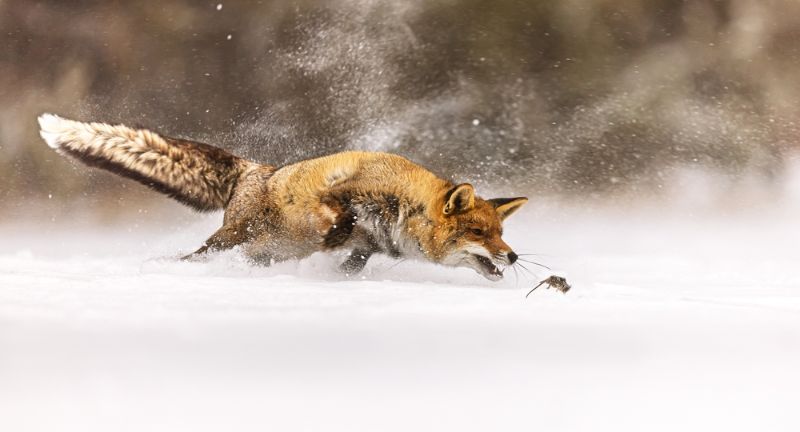
Shutterstock
Foxes are incredibly stealthy predators, using a combination of silence, agility, and keen senses to hunt their prey. They often rely on their acute hearing to detect the faintest rustle of a mouse beneath the snow or leaves. With a sudden, precise leap, they pounce on their unsuspecting target with remarkable accuracy. Watching a fox hunt is like observing a master at work, blending patience with power.
Solo Lifestyle
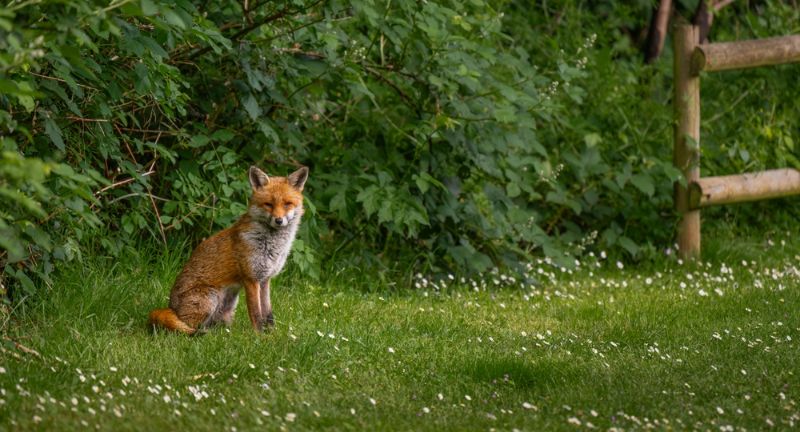
Shutterstock
Unlike many other canines, foxes are solitary creatures, preferring to live and hunt alone rather than in packs. This independence allows them to be highly self-reliant, adapting their strategies based on their environment. They establish territories that they defend with cunning rather than brute force, marking boundaries with scent. Their lone-wolf nature adds to their enigmatic charm, making them fascinating to observe.
Global Presence
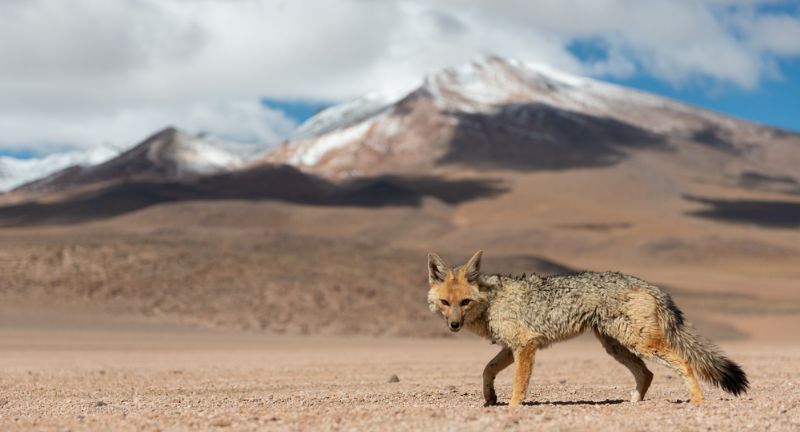
Shutterstock
Foxes are found on almost every continent, from the frozen tundras of the Arctic to the deserts of North Africa and even bustling urban areas. Their ability to adapt to a wide range of climates and habitats is truly remarkable. This global presence has also made them central to many cultures’ myths, legends, and folklore. No matter where you go, foxes have left their mark on both the land and the human imagination.
Folklore Favorites

Shutterstock
Foxes have a special place in folklore around the world, often portrayed as clever tricksters or magical beings. In Japanese culture, the “kitsune” is a mythical fox spirit with the power to shape-shift and possess great wisdom. European fables, like Aesop’s tales, frequently feature foxes as symbols of wit and cunning. Their mysterious behavior in real life only adds to the legends that surround them.
Adorable Kits
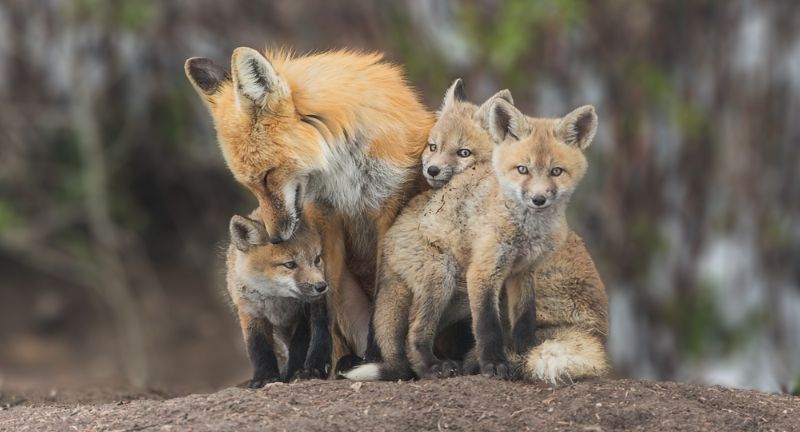
Shutterstock
Baby foxes, known as kits, are irresistibly cute with their fluffy fur, oversized ears, and curious little faces. They are playful and energetic, often seen tumbling around with their siblings as they learn essential survival skills. Watching kits explore their environment is heartwarming, showcasing their boundless curiosity and natural charm. Their early days are filled with discovery, as they grow into the agile hunters they’ll become.
Unique Hunting Technique
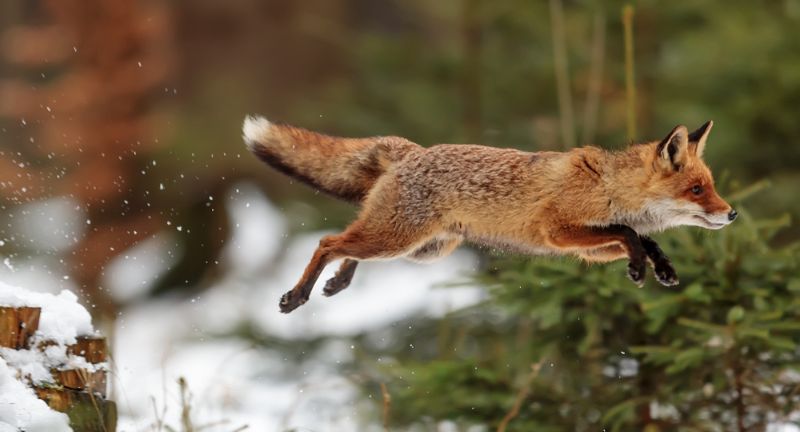
Shutterstock
Foxes are famous for their remarkable hunting technique known as “mousing,” where they leap high into the air to pounce directly on their prey. This method is not just about agility; it’s believed that foxes use the Earth’s magnetic field to zero in on their target with incredible accuracy. They often face north when hunting, increasing their success rate in capturing small animals hidden under snow or foliage. This fascinating blend of instinct, skill, and possibly even magnetic sensing makes them extraordinary hunters.
Silent Stalkers

Shutterstock
Foxes are equipped with soft, padded feet that allow them to move silently through forests, fields, and even urban areas. This stealthy approach helps them sneak up on prey without being detected, giving them an edge during hunts. Their quiet movements also help them avoid larger predators, allowing them to slip away unnoticed. Watching a fox glide through its environment is like witnessing nature’s own ninja at work.
Vulpine Vocabulary
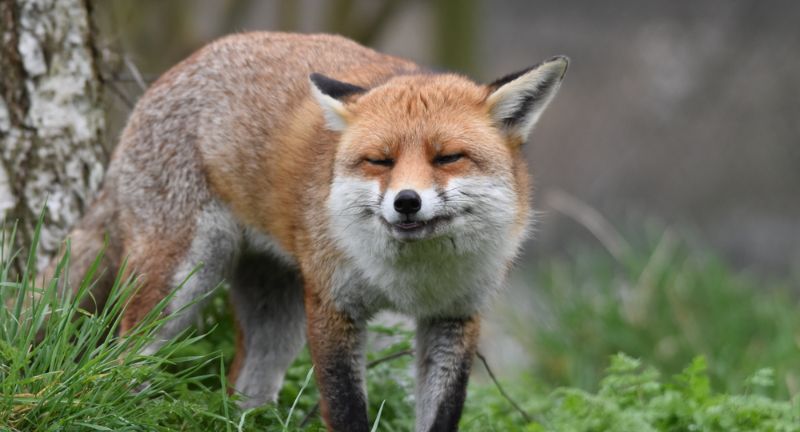
Shutterstock
The term “vulpine” comes from the Latin word for fox, “vulpes,” and it’s used to describe anything fox-like, particularly traits of cleverness and slyness. This linguistic tribute shows how deeply foxes have influenced human culture and language. Their cunning nature has made them a metaphor for intelligence and craftiness in stories, idioms, and even psychology. When something—or someone—is described as vulpine, it’s often a nod to the sly charm that foxes embody.
Charming Playfulness
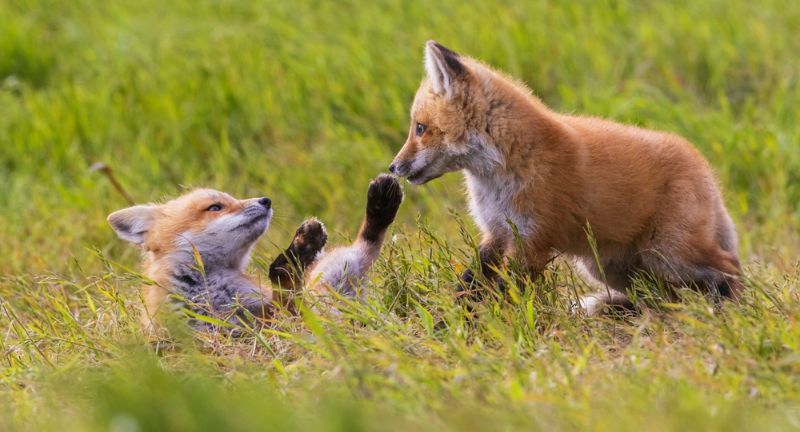
Shutterstock
Foxes aren’t just fierce hunters; they’re also incredibly playful creatures. They engage in games with their kits, toss objects like sticks or stones, and even play with other animals in the wild. This playful behavior isn’t just for fun—it helps young foxes develop vital survival skills like pouncing, stalking, and social interaction. Their spirited antics are a joy to watch and reveal a lighter, more endearing side to their wild nature.
Stunning Arctic Species
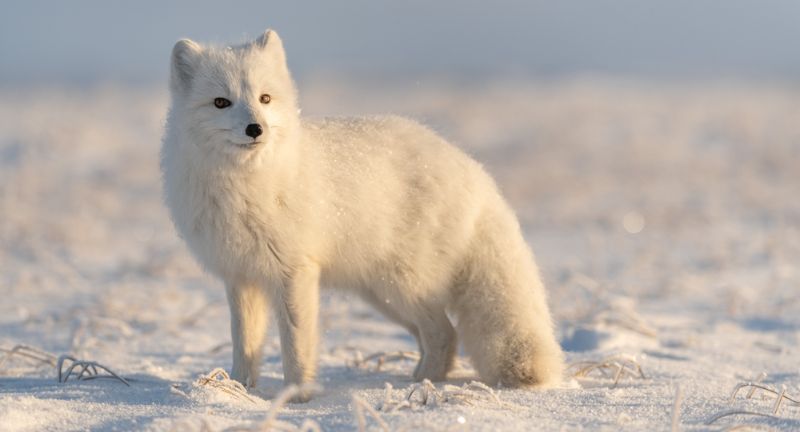
Shutterstock
The Arctic fox is a true marvel of nature, perfectly adapted to survive in some of the coldest places on Earth. Its thick, white fur provides both insulation and camouflage against the snow, while its compact body shape helps conserve heat. During winter, their fur becomes even denser, and in summer, it changes to a brownish-gray to blend with the tundra landscape. These seasonal changes showcase the incredible evolutionary adaptability of this stunning species.
Foxes and Farmers
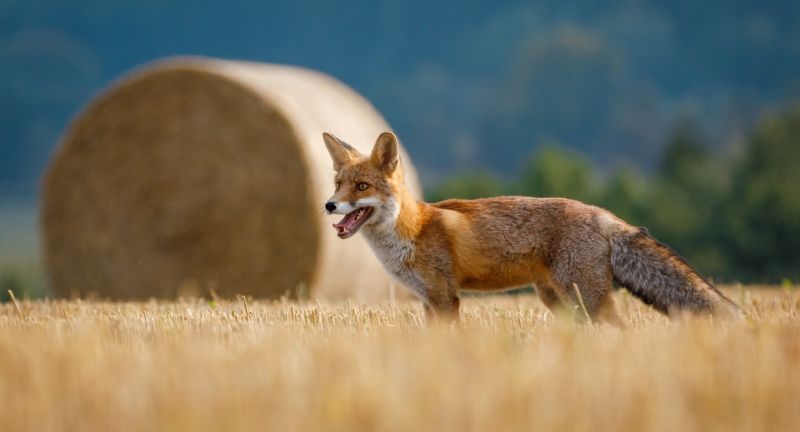
Shutterstock
Despite their reputation as chicken thieves in folklore, foxes actually play a beneficial role in agricultural settings. They help control populations of rodents and pests that can damage crops, making them natural allies for farmers. By keeping these populations in check, foxes contribute to healthier, more balanced farm ecosystems. In many ways, they’re nature’s pest control experts, quietly helping behind the scenes.
Adaptable Diet
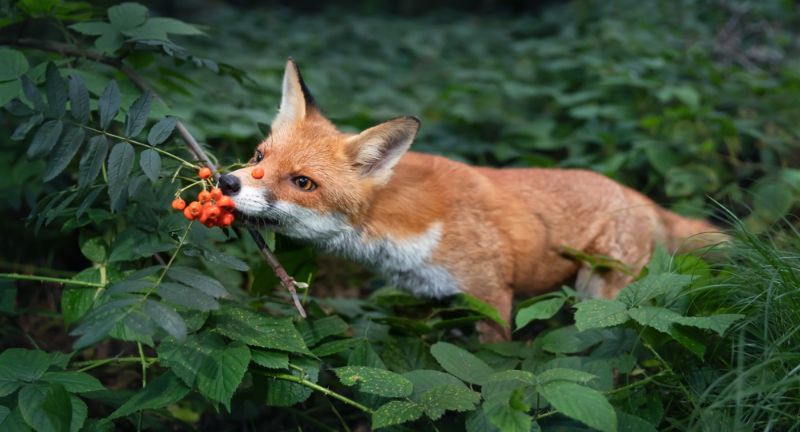
Shutterstock
Foxes are omnivores, which means they have an incredibly flexible diet that includes everything from small mammals to fruits, vegetables, insects, and even scavenged food. This adaptability allows them to thrive in diverse environments, from dense forests to city streets. Their opportunistic eating habits make them resourceful survivors, able to adjust quickly when food sources change. Whether it’s hunting live prey or foraging for berries, foxes always find a way to satisfy their hunger.
Their Signature Gait
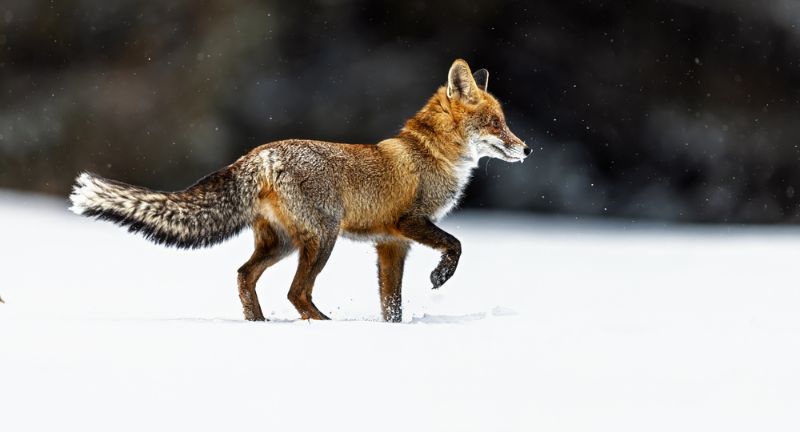
Shutterstock
Foxes move with a distinctive, light-footed gait that’s both graceful and efficient. Their slender bodies and long legs give them an elegant, almost cat-like quality as they trot through forests or across open fields. This signature movement helps them conserve energy while allowing them to quickly spring into action when needed. Watching a fox in motion is like watching poetry in motion—fluid, agile, and effortlessly beautiful.
Photogenic Creatures

Shutterstock
With their striking eyes, luxurious fur, and expressive faces, foxes are incredibly photogenic animals. Wildlife photographers often seek them out for their captivating beauty and dynamic poses in natural settings. Their ability to appear both wild and elegant makes every photo a masterpiece, whether they’re leaping through snow or resting in a sun-dappled forest. It’s no wonder fox images are some of the most beloved in wildlife photography.
Symbol of Freedom
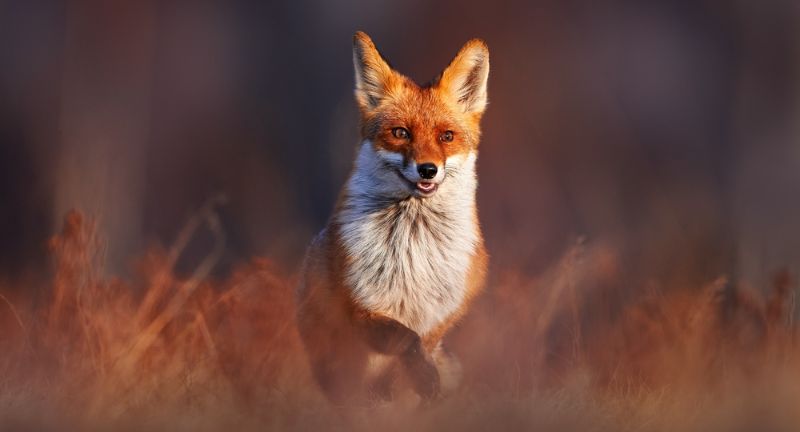
Shutterstock
Foxes embody the spirit of freedom and wildness, living independently without the need for packs or large groups. Their ability to roam vast territories and adapt to any environment symbolizes resilience and self-reliance. In many cultures, foxes are seen as representations of personal freedom, cleverness, and the ability to overcome obstacles. Watching a fox move through its natural habitat reminds us of the beauty of untamed, unbound life.
Fascinating Behavior
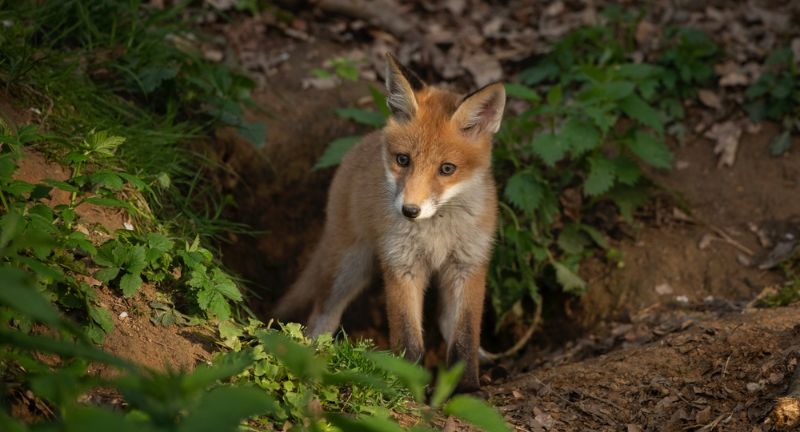
Shutterstock
Fox behavior is full of intriguing quirks, from their elaborate hunting techniques to their playful antics and even their methodical way of caching food for later. They are known to bury surplus food in small holes, covering it with dirt or leaves to retrieve when needed. This resourceful behavior helps them survive during lean times when prey is scarce. Observing foxes in the wild offers endless surprises, as they constantly display new and fascinating traits.
Cultural Icons
Shutterstock
Foxes have become cultural icons around the world, featured in everything from ancient mythology to modern films and literature. Characters like Roald Dahl’s “Fantastic Mr. Fox” or the kitsune spirits of Japanese folklore highlight their cleverness and charm. Their image is often associated with wisdom, mystery, and even a bit of mischief, making them enduring symbols in human storytelling. Whether in legends or pop culture, foxes continue to captivate our imaginations.
Conclusion
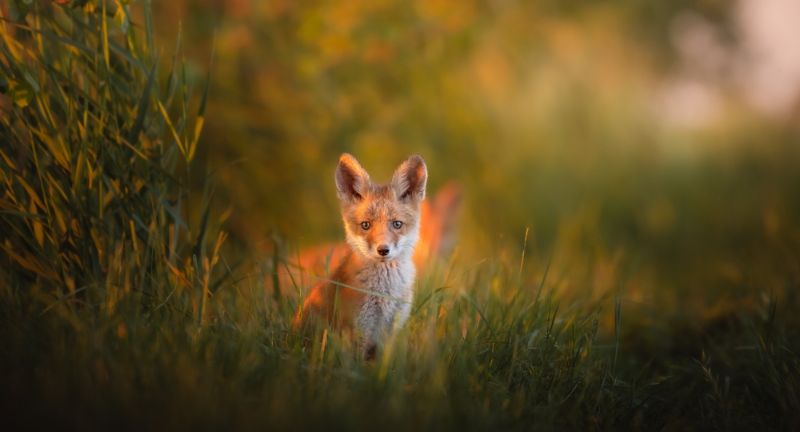
Shutterstock
Foxes are more than just clever creatures with striking looks—they are symbols of resilience, adaptability, and natural beauty. From their playful antics to their stealthy hunting skills, foxes showcase a unique blend of charm and intelligence. Whether roaming the wild, living alongside humans, or starring in folklore, they continue to inspire awe and admiration. Their fascinating behaviors and roles in ecosystems remind us of the wonders of the natural world. It’s clear that foxes are not just fabulous—they’re downright extraordinary.
More Amazing Animals+
-


28 Animals That Use Camouflage For Protection
-
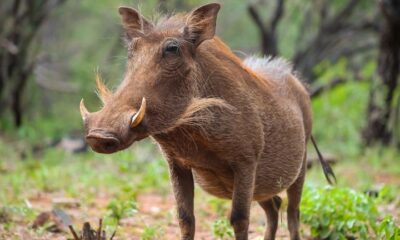

22 Disney Characters As Real Life Animals
-
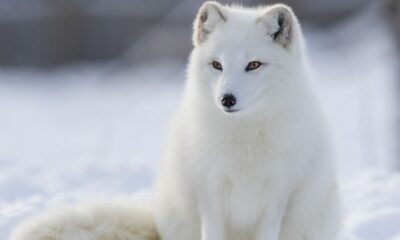

30 Most Beautiful Animals on the Planet
-


25 Fascinating Great White Shark Facts
-


25 Deadliest Sea Creatures In The World
-


Beyond the Stripes: 25 Intriguing Zebra Facts That’ll Amaze You
-


Kibble Goes Refillable: Pet Food Company Cracks Down On Waste…
-


27 Odd Animals That We Actually Think Are Really Cute
-


I’ve got some gorilla duct tape if you want it.…
-
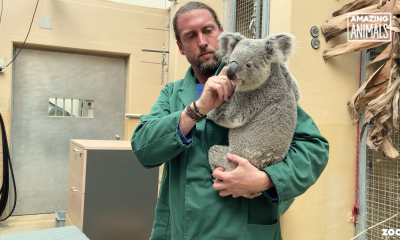

Cuddly koala pounces on plan to boost international breeding program
-


What Makes Anglerfish And Frogfish So Unique?
-


24 Wildlife Conservation Sanctuaries Around The World
